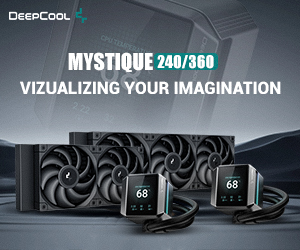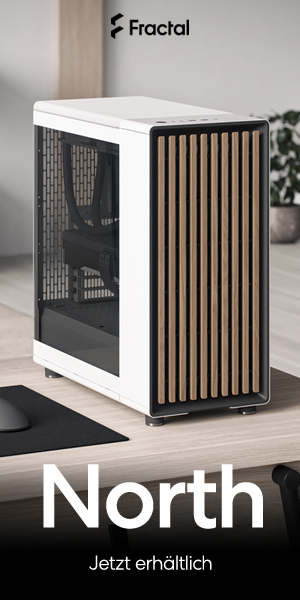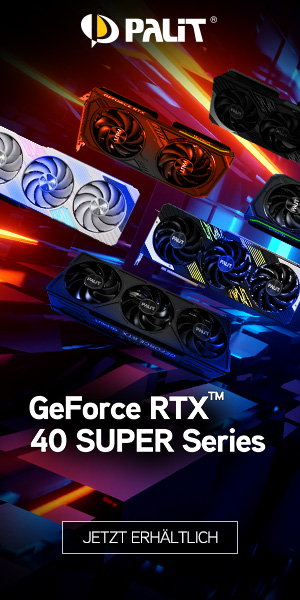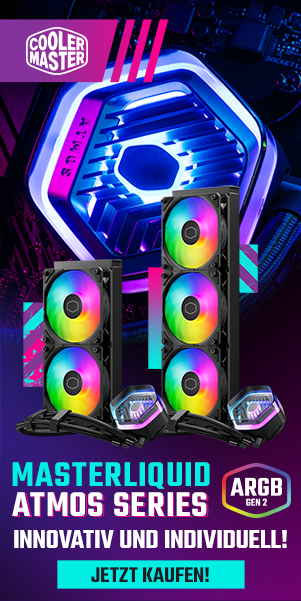What always amazes me is the nonchalance with which NVIDIA carelessly tolerates the use of unsuitable thermal pastes, when on the other hand they control their own board partners down to the last screw with the restrictive Green Light Program (GLP). But why doesn’t this work with the layer that sits between the GPU and the cooler? And that’s exactly why I’m now going to talk about NVIDIA’s Green Light Program (GLP) in advance and for a better understanding, the consequences of which seem quite logical if you take into account the derailments of the previous tests (e.g. Asus), which are only the tip of the iceberg.

The so-called Green Light Program is nothing new and it already made waves 12 years ago when it was seen as heralding the end of the overclocking of graphics cards. But that wasn’t the case at all. But there is actually something completely different and rather unspectacular behind the GLP. NVIDIA has continued this nice brochure from generation to generation and sees it as an internal guideline and an important part of a fairly restrictive quality management system. You can think of it however you like, but it works quite well. And no, it has nothing to do with spoiling customer sensitivities, as is so often assumed.
To show you where NVIDIA controls everything and keeps a tight rein on things, I’ll show you in my own words the processes from the announcement of a new generation (or card) to mass production. But why do they control every tiny detail if they leave out such essential things as the thermal paste (and thus the cooling system)? For a better understanding:
- The board partner (partner) receives and checks the program guidelines and specifications.
- Partner submits the CDP (Virtual Customer Design Project) to NVIDIA according to the guidelines.
- NVIDIA reviews and approves the CDP.
- Partner submits the mechanical designs (graphics card chassis) and board design files for review. (In my opinion, this also includes checking the cooler, pads and pastes, keyword Bill of Materials BoM)
- NVIDIA now sends chip samples to the partner (engineering samples).
- The partner provides NVIDIA with board samples to generate the dBA curve (rpm vs. dBA) if it cannot generate this curve in its own acoustics lab.
- The partner performs the green light test with the PREL software (VBIOS and driver) and submits the results to NVIDIA to get the green light to proceed.
– If NVIDIA gives the green light, a Partner Production (PP) VBIOS is made available.
– If not, NVIDIA informs the partner what needs to be corrected and the partner must resubmit the process with all corrected items. - The partner will provide NVIDIA with the box art for review. This box art is provided to NVIDIA via the Preferred Partner Portal and must comply with the brand’s GeForce guidelines.
- The partner begins mass production.
- Partner is required to ship all production boards with the Green Light approved design. Any changes to the product after approval are not allowed.
- Partners must have approval before providing any boards to the press and must use the final, approved design for all press work. Providing unapproved designs to the press could affect NVIDIA’s GPU supply.
This reads quite logically at first and is hardly any different for AMD’s board partners. The fact is that the standards set are virtually enforced in this way and deviations such as those I have already described and am describing again today should no longer be found.
The Manli GeForce RTX 4080 Gallardo 16GB
Today I’m reviewing a Manli GeForce RTX 4080 Gallardo 16GB, which was sent to me by a reader because the hotspot temperatures of this card were also sky-high. But Manli isn’t just anyone, it’s part of the holy trinity of the PC Partner empire.
However, Manli is not just anyone, but is part of the holy trinity of the PC Partner empire. Alongside Zotac and inno3D, this makes it the third NVIDIA-exclusive brand that PC Partner controls (and owns). It can also be assumed that the resources are shared, which of course raises the question of who is responsible for the use or purchase of such inferior thermal paste and where this unusable material may still appear in the future. Because without spoiling anything, today is all about the paste.
The reader sent me the card after we had briefly discussed the problem. However, since it is no longer an isolated case where such cards with 103 °C hotspot temperature (and more) appear, I have started to record this a little more systematically. I have found such heat conduction soup (because that’s not what it is) more or less extreme in cards from Asus, Palit and Gainward, even PNY is quite painless when it comes to silicone-supported liquefaction.
And this is exactly where my understanding ends. Why do some AICs manage to use e.g. phase changers from Honeywell, while others use such inferior pastes that bleed out faster than Jensen can say pug? Reliability vs. cost savings? Maybe, but it’s certainly also a bit of ignorance and indifference on the part of the silicone hucksters. Konfuzius says that paste is overrated and there is also the fan control in case it runs amok. So always keep it running, even the silicone.
The bad thing is that we’re talking about a few cents here and we’re talking about expensive graphics cards that can cost four figures. However, even on a 300-euro card, it is not appropriate to apply such a cheap paste. By the way, if you want to know more about pastes or want to quickly brush up on your basic knowledge, you will certainly be happy with the following link. The rest of you can turn to the next page, where you can find out how to dismantle and expose the whole thing.
Manli GeForce RTX 4080 Gallardo, 16GB GDDR6X, HDMI, 3x DP (N68840800M35350 / N68840800M35351)
 | Ab Zentrallager sofort lieferbar | 1078,98 €*Stand: 27.07.24 00:33 |
 | Versandlager: Lieferzeit 1-2 TageSuperstore Siegburg: nicht lagerndStand: 26.07.24 21:05 | 1079,00 €*Stand: 26.07.24 21:08 |
| edigitech | Sofort versandfertig, Lieferzeit ca. 1-3 Werktage | 1083,29 €*Stand: 26.07.24 21:22 |




































155 Antworten
Kommentar
Lade neue Kommentare
Urgestein
Mitglied
Neuling
Veteran
Urgestein
Urgestein
Urgestein
Urgestein
Urgestein
Urgestein
Urgestein
Mitglied
Mitglied
Urgestein
Veteran
Mitglied
Urgestein
Urgestein
Urgestein
Alle Kommentare lesen unter igor´sLAB Community →